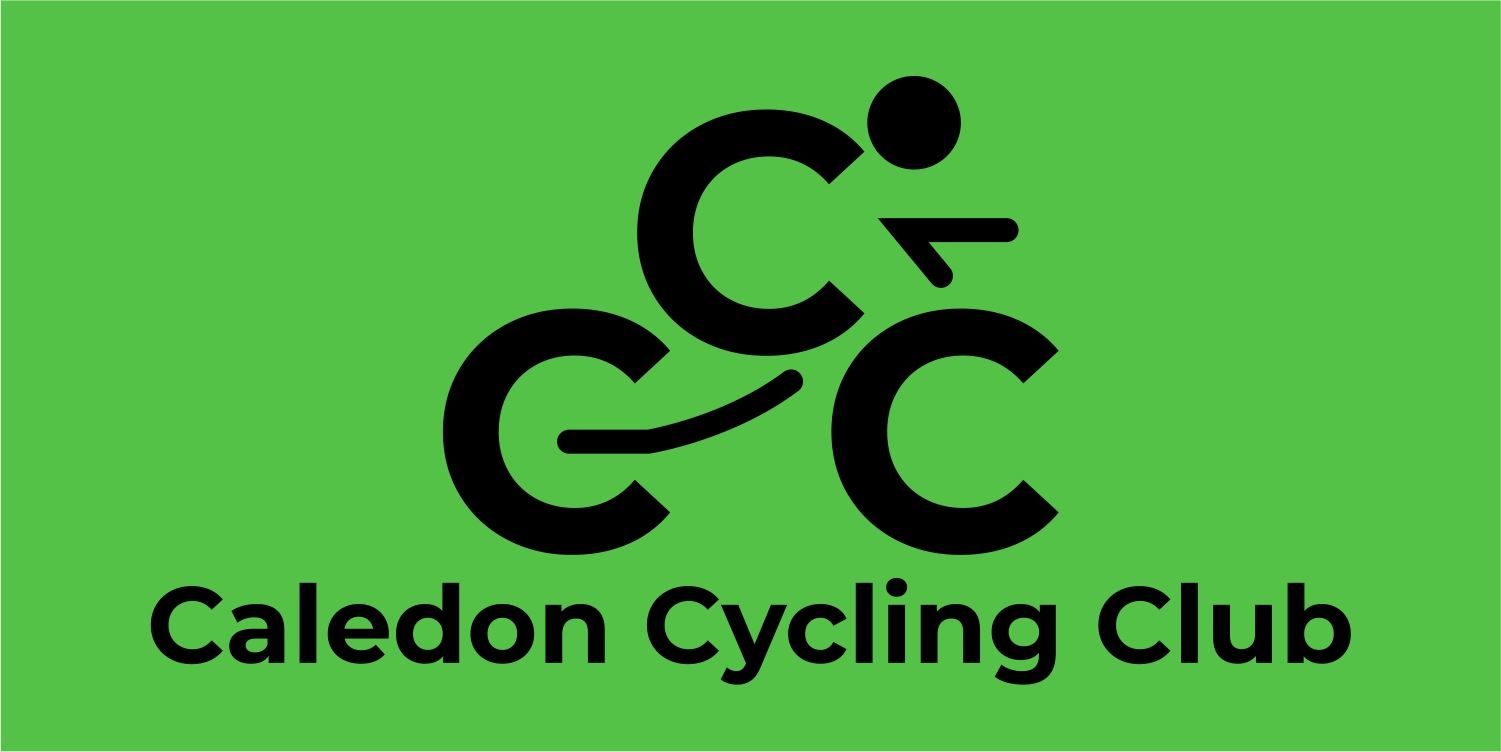ROAD RIDES - OUR MINDSET
A club ride implies a social contract. The club’s half of the contract includes offering the ride (so that many like-minded riders can come together at that time and place), providing an interesting and challenging route, specifying the parameters of the ride (distance, hills, tempo, etc.), having a club volunteer to lead the ride.
The participant-rider's half of the contract includes the aforementioned helmet, ID, food and basic spares, being competent to ride a bike and having a properly working bike. It also includes agreeing to ride at the listed tempo. If a rider shows up for a ride and rides significantly faster (or slower) than the listed pace, then that rider is in breach of the implied contract and ceases to be a legitimate participant in that ride.
We are all about promoting an atmosphere of advancement and wholeheartedly support any rider who wishes to try riding in a faster tempo group if they feel they can sustain the higher average speed and/or increased distance. If you want to “move up” to a faster group, simply ask the ride leader at the start of the ride and you will be welcomed. The onus is on you to keep up with the group but all our groups are inclusive, so there’s help if you need it.
We all have good days and bad days so if you start a ride at a tempo you are normally capable of sustaining and you just “aren’t feeling it”, a more experienced rider may offer to buddy up with you and assist you in finishing the ride. At other times, the leader may talk to you if you’re the off-the-back rider, go over the route, and see if you’d be comfortable on your own.
If you are struggling for any reason, inform the ride leader immediately. Do not wait for things to escalate. While we do want to be supportive and inclusive on our rides, it is not always reasonable to expect the majority of the group to alter its tempo to accommodate one or two riders who are in over their heads. On the other hand, the fastest riders in the group--those off the front--should remember to call regroups on a regular basis. Hammering, winning hill primes, and sprinting for city limit signs are lots of fun, and an integral part of our rides, but if being first is so important to you that you can’t regroup every so often, then perhaps you need to move from a social-recreational cycling club to a race team.
We ride in a group or pack, as group riding is much more social & fun than riding by oneself. Riding in a group also uses 30% less energy than riding alone, so longer and more challenging rides than you may be used to alone, are more achievable in groups.
If you don’t have much experience with group riding, no worries we will help you learn. In advance of your first ride, though, it might be prudent for you to do some research. Maybe scan YouTube to get a basic understanding before coming out so everything makes sense.
HOW WE RIDE
- We do not encourage riding two or more abreast unless we have the road to ourselves--no other traffic--or unless we are riding in a constantly-rotating double pace line - we rotate clockwise and the front most rider closest to the edge of the road sets the pace.
- Hand signals are the preferred method of pointing out road hazards (potholes, grates, road kill, etc.) as yelling "hole" is simply noise at the back of the pack. New riders will be shown the various signals. We only call out for "car back", "car up" or "car left."
- When passing through a stop sign at an intersection, we do not call out "Clear!" This promotes the practice of the entire group running the stop sign, which is obviously wrong and can be catastrophically unsafe. After the first riders in a group cross the intersection, they should soft-pedal until they see that the balance of the group has cleared the intersection and is with them again. This reduces the motivation for the back riders to run the stop.
- When we call a regroup, we do so where the entire group can get off the road, out of the way of passing traffic. This applies to emergency stops as well: if a flat, mechanical or crash occurs in an unsafe spot on a road, all efforts should be made to mitigate the danger. Most riders, if they are waiting, should move to the nearest safe turn-out, while a minimal crew deals with the emergency on the spot.
- We try to behave with courtesy toward those with whom we share the roads, be they motorists, pedestrians, or other cyclists. Cyclists are often judged collectively, based on the behavior of individual cyclists. In that sense, we are all ambassadors for the larger pool of cyclists. If we are reckless or rude, we make life more difficult for all other cyclists, going forward.
